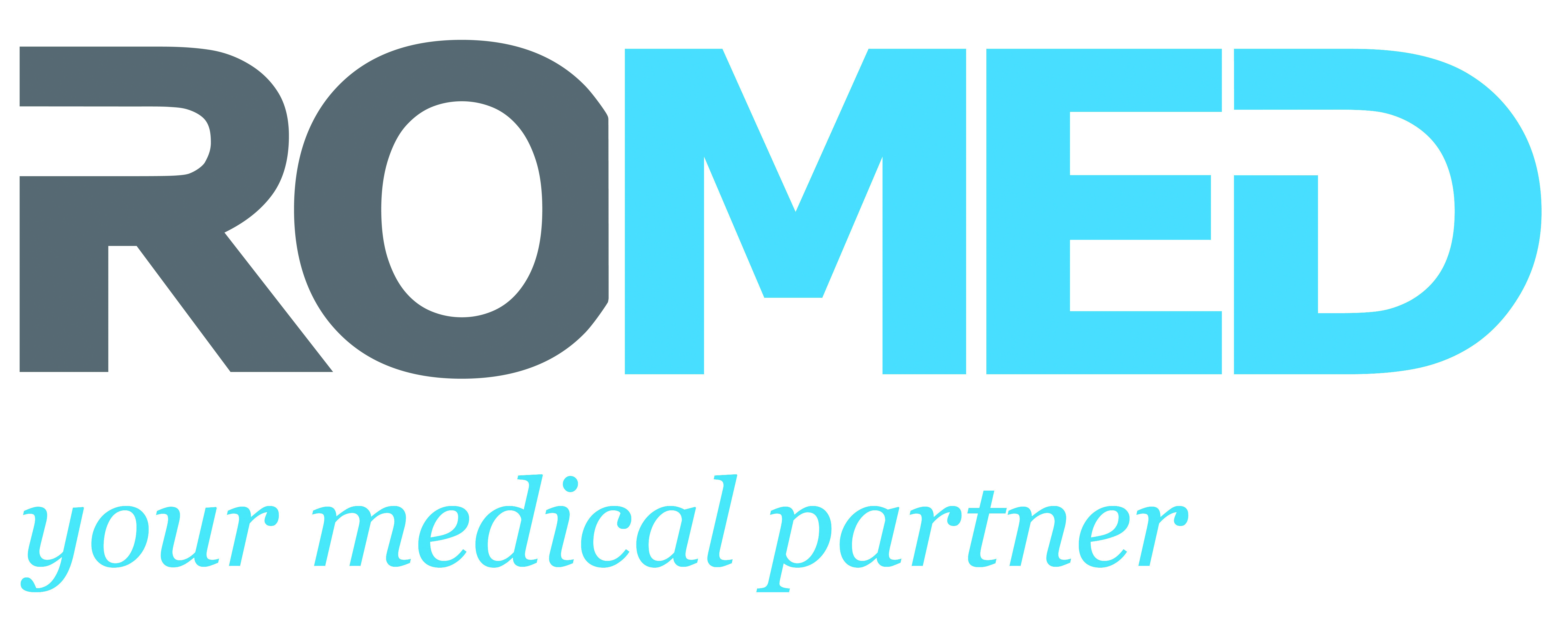Dental extractions
Introduction
Dental extraction refers to the removal of a tooth from its socket in the jaw bone. This procedure may be necessary for various reasons, including severe tooth decay, gum disease, impacted teeth, or orthodontic considerations.
How is a Dental Extraction Performed?
- Consultation and X-ray: Before extraction, your surgeon will review your medical and dental history. An X-ray of the teeth will be taken to evaluate the root position and determine the complexity of the extraction.
- Anesthesia: Before the extraction begins, you will receive local anesthesia to numb the area around the tooth. This ensures the process is painless. Other options could be sedation or general anesthesia. Your surgeon will discuss this with you when appropriate.
- Tooth Removal: Once numb, the surgeon will widen the tooth socket and separate the tooth from its ligament. Depending on the situation, the tooth may be removed in one piece or in sections.
- Post-Extraction: The surgeon may place stitches to aid in healing (especially if it was a surgical extraction). A gauze pad will be placed over the extraction site to help control bleeding.
After the Surgery: What to Expect
- Immediate Recovery: It is normal to experience some discomfort and swelling. Apply an ice pack to the area to reduce swelling and take pain relievers as prescribed or advised by your surgeon.
- Bleeding: Some bleeding is expected after the procedure. Keep biting down on the gauze pad placed by your surgeon and change as necessary. Avoid excessive spitting to prevent dislodging the clot formed in the socket.
- Eating and Drinking: Stick to soft foods for the first few days and avoid drinking from straws. Do not consume hot or spicy foods and beverages as they can disrupt the healing process.
- Oral Hygiene: Do not directly brush the surgical site for the first couple of days, but keep the rest of your mouth clean. After 24 hours, gently rinse your mouth with warm salt water several times a day to reduce pain and swelling.
- Avoid Tobacco and Alcohol: These can delay healing and increase the risk of complications.
- Dry Socket: If the blood clot in the extraction socket is dislodged or dissolves before the wound heals, a painful condition known as dry socket can develop. If you experience severe pain days after the extraction, contact your surgeon immediately.
Potential complications
While dental extractions are generally safe, like any surgery, there are potential risks:
- Infection
- Prolonged bleeding
- Injury to nearby teeth
- Dry socket
- Sinus communication (for upper molars)
- Nerve injury
- Bone sequesters
Always contact your surgeon if you experience unusual or severe symptoms after an extraction.
Follow-up
Your surgeon may schedule a follow-up appointment to monitor healing, remove stitches (if they aren't dissolvable), and address any concerns.
Conclusion
Dental extractions are common procedures, and with proper aftercare, complications are minimal. It's essential to follow your dentist's instructions and promptly report any unusual symptoms to ensure optimal recovery.
If you have any further questions or concerns, please consult your dentist or dental surgeon.



















